Understanding and controlling dartboard lighting shadows is crucial for consistent performance. Poor lighting leads to inaccurate throws and frustration. This article will guide you through minimizing shadow interference, enhancing your game, and optimizing your dartboard’s lighting setup. We’ll cover various lighting techniques and solutions for eliminating those pesky shadows.
⚠️ Still Using Pen & Paper (or a Chalkboard)?! ⚠️
Step into the future! The Dart Counter App handles all the scoring, suggests checkouts, and tracks your stats automatically. It's easier than you think!
Try the Smart Dart Counter App FREE!Ready for an upgrade? Click above!
Minimizing dartboard lighting shadows is often more about strategic placement than sheer brightness. A brightly lit room doesn’t guarantee shadow-free play; it’s about directing the light effectively onto the board itself. This involves careful consideration of the light source’s position, type, and intensity. We’ll delve into the specifics of each aspect and provide actionable advice for achieving optimal illumination.
Understanding the Impact of Dartboard Lighting Shadows
Dartboard lighting shadows can significantly affect your game. Even subtle shadows can distort your perception of the board, leading to missed throws and lower scores. These shadows can be caused by various factors, including the light source’s position, the type of light used, and even the surrounding environment. Understanding these factors is the first step in eliminating them.
Consider the frustration of a near-perfect throw being thrown off because a subtle shadow obscured your aiming point. This is a common experience for many dart players, and it highlights the crucial role of good lighting in achieving consistent accuracy. By addressing dartboard lighting shadows effectively, you’re investing in your game’s improvement.
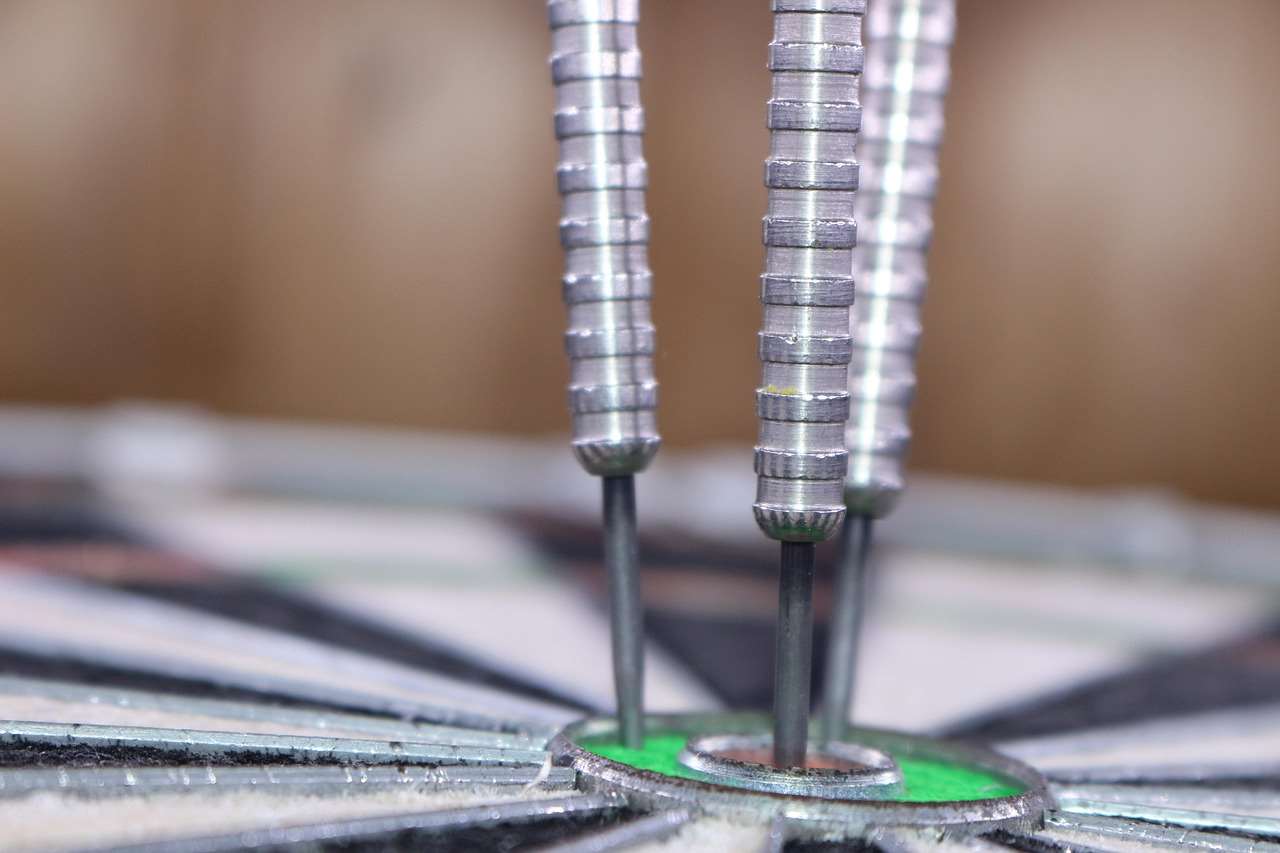
Identifying the Sources of Shadows
Before addressing dartboard lighting shadows, you need to identify their sources. This often involves observing how the light interacts with the dartboard and its surroundings. Are shadows cast by yourself, your throwing arm, or nearby objects? Is the light source positioned correctly? Or is the lighting simply insufficient for the space?
- Overhead Lighting: Direct overhead lighting often creates harsh shadows.
- Ambient Lighting: Insufficient ambient light can exacerbate shadows caused by other light sources.
- Light Source Placement: Incorrectly positioned lights are the most common cause of distracting shadows.
Optimizing Your Dartboard’s Lighting Setup
Optimizing your dartboard lighting shadows involves strategic placement and selection of lighting. While many players underestimate the importance of proper lighting, it’s an often-overlooked aspect of improving your game. Consider using multiple light sources for even illumination and minimize shadows. A layered lighting approach often works best.
Choosing the Right Type of Lighting
The type of lighting you choose is another critical factor in minimizing dartboard lighting shadows. Harsh, direct lighting often creates more shadows than softer, diffused lighting. Consider these options:
- LED Lights: LEDs are energy-efficient and offer a wide range of color temperatures.
- Halogen Lights: Halogens produce bright, crisp light, but they generate more heat.
- Fluorescent Lights: Fluorescent lights are cost-effective but can produce a less natural light.
Remember to consider the color temperature of your lighting. A cooler, bluer light might be preferable for better color rendition on the dartboard, ensuring accurate perception of your aim.
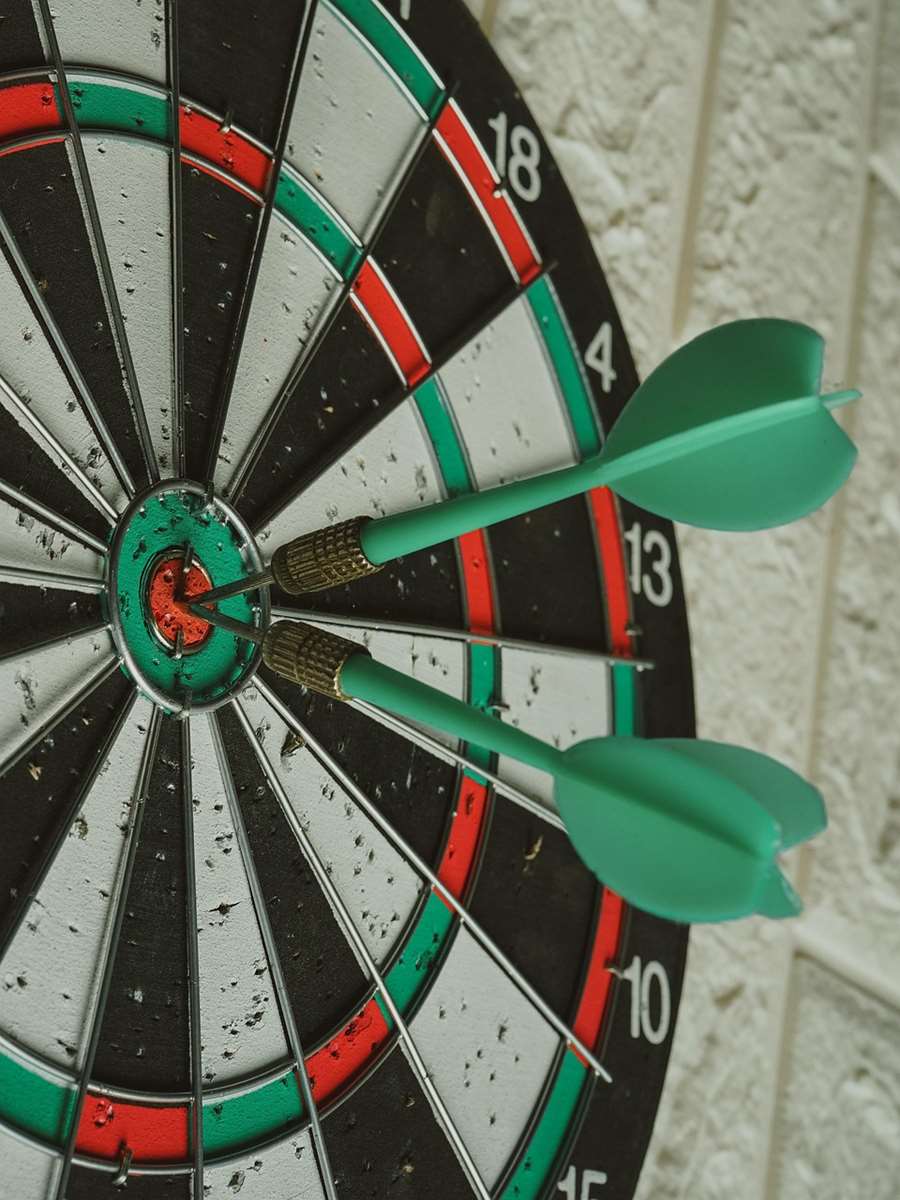
Light Source Placement and Positioning
The placement of your light source is arguably the most significant factor in eliminating dartboard lighting shadows. Here’s a breakdown of effective strategies:
- Multiple Light Sources: Use two or more lights to eliminate shadows from multiple angles. Avoid relying on a single light source, as this increases the risk of uneven lighting and significant shadows.
- Angle of Illumination: Avoid placing lights directly above the board. Instead, position them at a slight angle to minimize shadows cast by your arm or body.
- Distance from the Board: The distance of the light sources from the board will influence the intensity and distribution of light. Experiment to find the optimal distance for minimizing shadows.
Advanced Techniques for Eliminating Dartboard Lighting Shadows
For a truly shadow-free experience, consider these advanced techniques that go beyond basic light placement and selection. These methods help create a more consistent and comfortable playing environment.
Using Diffusers and Reflectors
Diffusers soften harsh light, reducing shadows. Reflectors bounce light onto the board, further enhancing illumination. These work in tandem to provide a more even and less shadowed playing experience. Consider using softboxes or umbrellas in conjunction with your lights.
Ambient Lighting Considerations
Don’t neglect ambient lighting. A dimly lit room, even with a well-lit dartboard, can still highlight shadows. Ensure your surrounding room lighting is sufficient to prevent your eyes from being forced to readjust every time you look at the dartboard. It’s about creating a harmonious balance between the dartboard’s illumination and the room’s overall lighting.
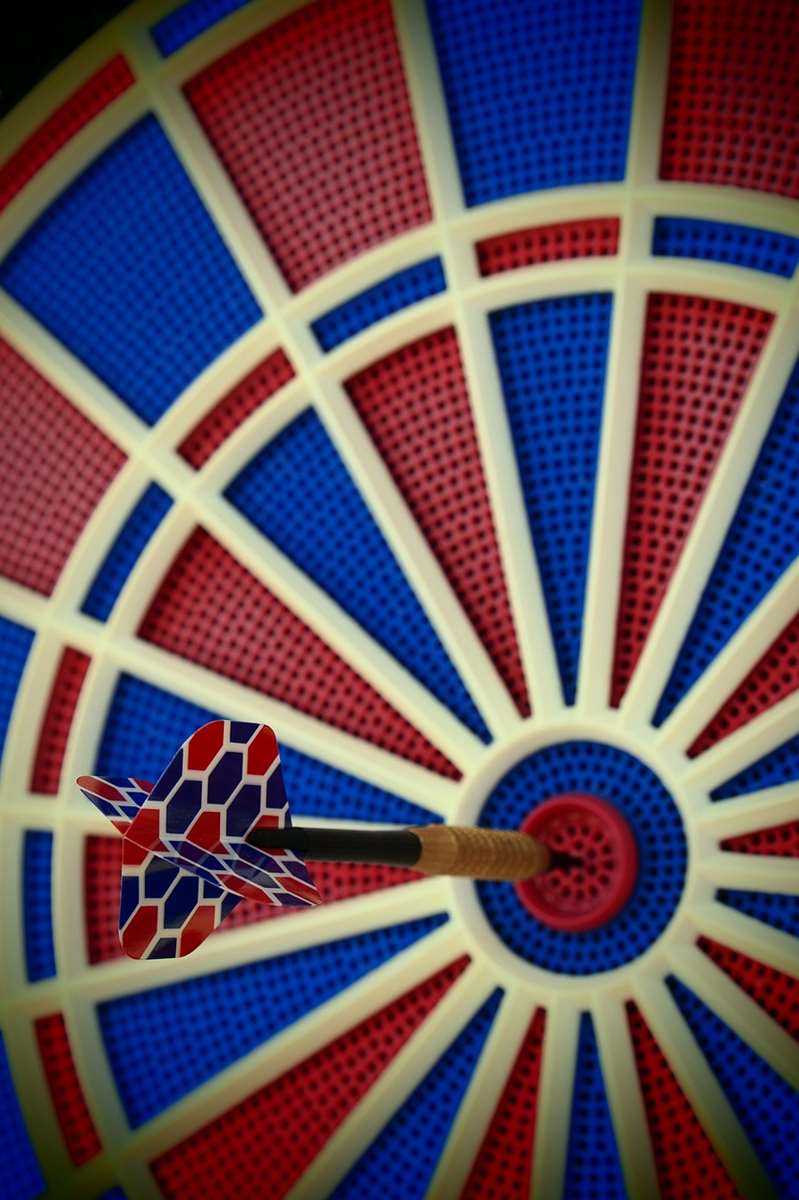
Troubleshooting Common Lighting Issues
Even with careful planning, you might still encounter lighting issues. Here are some common problems and solutions:
- Harsh Shadows: Try diffusing your light sources or adding more lights to reduce the intensity of individual light sources.
- Uneven Lighting: Adjust the positioning and angles of your lights to distribute light evenly across the board.
- Insufficient Brightness: Increase the wattage or number of your light sources to brighten the dartboard.
Remember that finding the optimal lighting setup is often an iterative process involving experimentation. Don’t be afraid to adjust the position, type, and intensity of your lights until you achieve the desired level of illumination without significant dartboard lighting shadows.
DIY Dartboard Lighting Solutions
For those on a budget or looking for a personalized solution, creating your own dartboard lighting is feasible. Several online tutorials guide you through building cost-effective and efficient lighting systems. Check out our homemade dartboard lighting guide or our homemade dartboard lighting tutorial for step-by-step instructions.
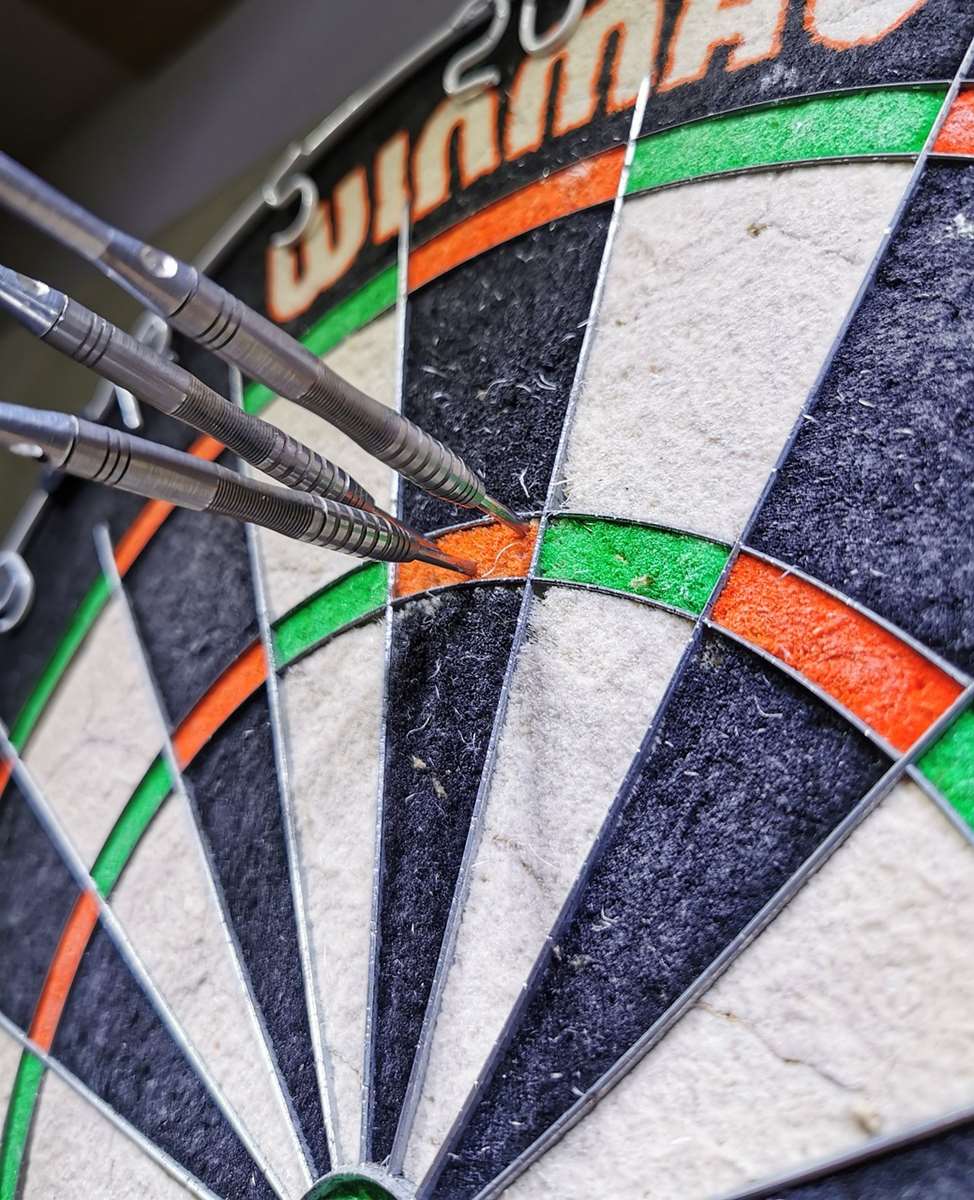
Maintaining Your Dartboard and Lighting
Regular maintenance extends the lifespan of your dartboard and its lighting. This includes cleaning the board regularly to ensure visibility, and inspecting the bulbs and fixtures for damage or wear. Regular cleaning of your dart barrels and following a proper cleaning dart barrels deep clean routine will also maintain your equipment and improve your focus during gameplay. This is as crucial to maintaining a proper game as Darts Equipment Maintenance Customization.
Conclusion: Mastering Dartboard Lighting for Peak Performance
Eliminating dartboard lighting shadows significantly impacts your dart game. By understanding the sources of shadows, choosing the right lighting, and strategically placing your light sources, you can create an ideal playing environment that maximizes your accuracy and enjoyment. Remember, the perfect lighting setup is a balance of brightness, diffusion, and strategic placement—it’s all about finding what works best for you and your specific environment. Don’t hesitate to experiment with different techniques and configurations to optimize your game! Start improving your game today!
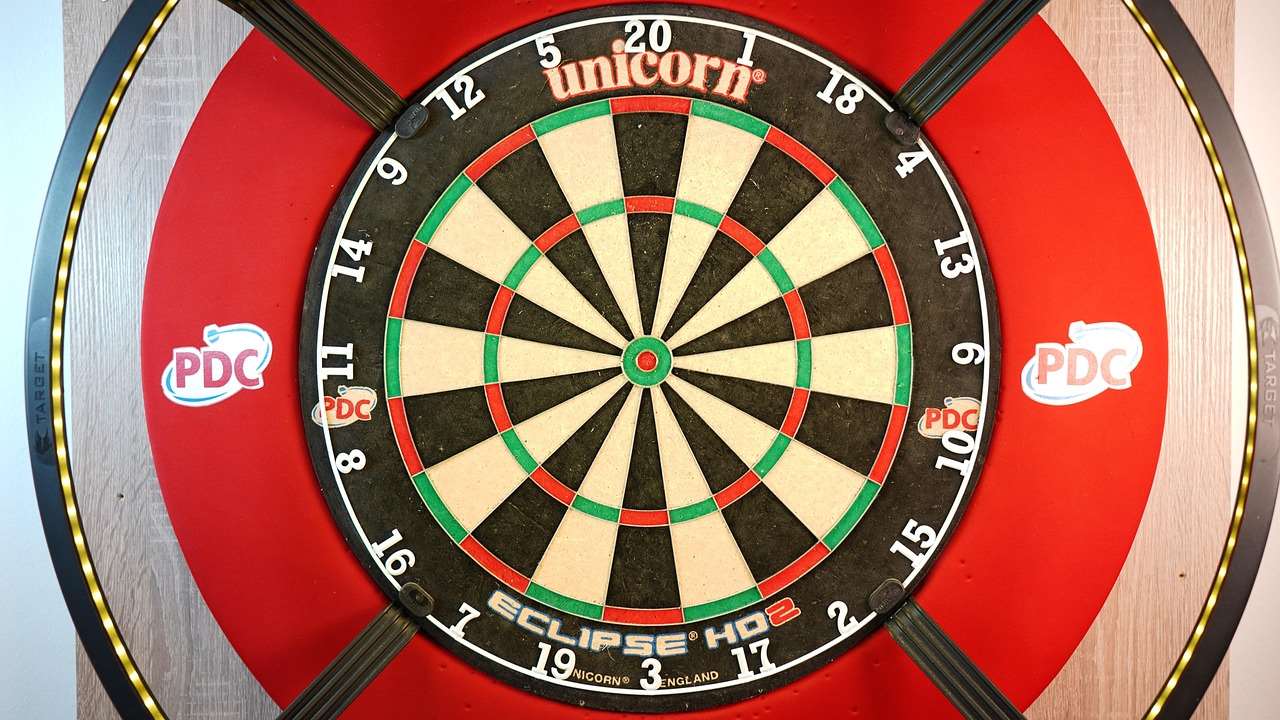
For more tips on improving your dart game, check out our guides on dart point length for soft tip and dart point length and player preference. You might also be interested in our articles on dart point style and weight and changing dart point style. Remember to always maintain your equipment through proper cleaning, like our guide on cleaning dart barrels light darts and understanding the importance of movable dart point functionality.
Hi, I’m Dieter, and I created Dartcounter (Dartcounterapp.com). My motivation wasn’t being a darts expert – quite the opposite! When I first started playing, I loved the game but found keeping accurate scores and tracking stats difficult and distracting.
I figured I couldn’t be the only one struggling with this. So, I decided to build a solution: an easy-to-use application that everyone, no matter their experience level, could use to manage scoring effortlessly.
My goal for Dartcounter was simple: let the app handle the numbers – the scoring, the averages, the stats, even checkout suggestions – so players could focus purely on their throw and enjoying the game. It began as a way to solve my own beginner’s problem, and I’m thrilled it has grown into a helpful tool for the wider darts community.